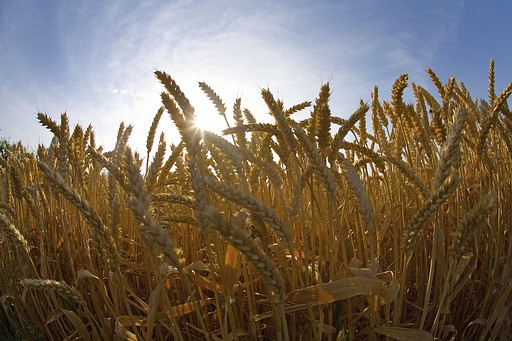
One of the most frequent questions we encounter as grain brokers is: “What’s the price?!” It’s a fair question, considering everyone wants the best deal possible. However, the value of grain transcends mere dollars and cents; it represents time, years of expertise, discipline, sacrifice, and hard work. Therefore, when it comes time to sell, it’s crucial to maximize profit without leaving money on the table.
So, what’s the price?
The answer isn’t straightforward. There is no singular, fixed price for grain—only the best possible prices, which fluctuate based on various factors: timing, seasonality, market conditions (such as grain surpluses or spikes in demand), grain quality, and even minute-by-minute buyer needs. In essence, “The Price” is a myth. Instead, there are optimal prices depending on your position within this complex system.

This brings us to a critical point: effectively utilizing your grain broker is one of the best ways to navigate this landscape.
Here’s how to get the most value from your grain broker:
1. Market-Driven Prices
Prices are driven by the market, not by grain brokers. We don’t set prices; we have no control over them. The market is influenced by you, the buyer, economic conditions, weather, supply and demand, and global trade. Importantly, we don’t earn a commission based on price differences; we charge a flat brokerage fee regardless of the volume.

2. Broker vs. Buyer
As brokers, we have access to a network of buyers with whom we maintain relationships. This network allows us to secure better pricing than relying on a single buyer. Why settle for one offer when you can have multiple options?
3. More Than Just a Middleman
Some may think, “grain brokers are just a middleman. Why should I use one?” It’s a valid point, but consider this: to match the value a broker provides, you’d need to make countless calls to various buyers daily to stay updated on the best prices. Who has the time for that?
4. Proximity Doesn’t Guarantee Profit
The nearest buyer isn’t always the one offering the highest price. Factors such as urgent demand or shortages can lead to price spikes elsewhere. Sometimes, the best deal might come from buyers several counties away.

5. Active Market Engagement
Passively watching the market is the same as doing nothing. A grain broker’s greatest value lies in providing real-time market insights through live offers. Posting an offer, even at an ambitious price, helps gauge the market’s response. It’s a win-win: either you hit your target or gain valuable market intelligence to seek better deals.
In conclusion, pricing is dynamic and multifaceted. Understanding this and leveraging the expertise of a grain broker can transform your experience in the grain market from frustrating to fruitful. Welcome to the Game of Grains.















